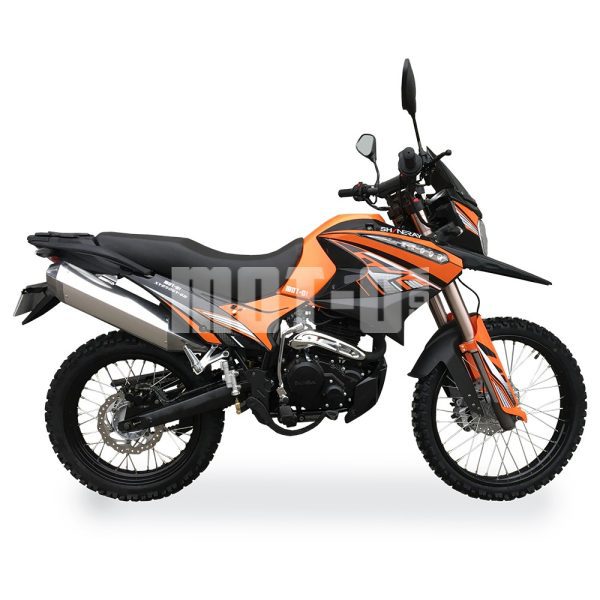
What are hubs and what are they for
Content
The car hub is an important part of the chassis. During operation, it takes on heavy loads, and also provides a reliable connection of the wheel with suspension and brake parts. Let's take a closer look at what hubs are, their device and troubleshooting.
What is a hub
The hub is the assembly that connects the bearing part to the suspension, for free rotation of the wheel. The principle of operation is carried out by bearing rollers that allow the wheel and brake disc to rotate. Due to the bearing, the wheel has the ability to rotate. Depending on the modification, the hub can be integrated with the brake disc and drum. Also, the hub may include an ABS sensor, wheel studs, ABS combs. Simple hub modifications are made separately from the bearing.
What is a hub for?
Regardless of the make and model of the car, each wheel “sits” on the hub. This allows the wheel and brake disc to rotate relative to the steering knuckle or beam using a bearing. In the case of drive wheels, the hub transmits torque through the axle shafts, for this there are special splines in it, where the gearbox drive (output shaft) is inserted.
Hub device
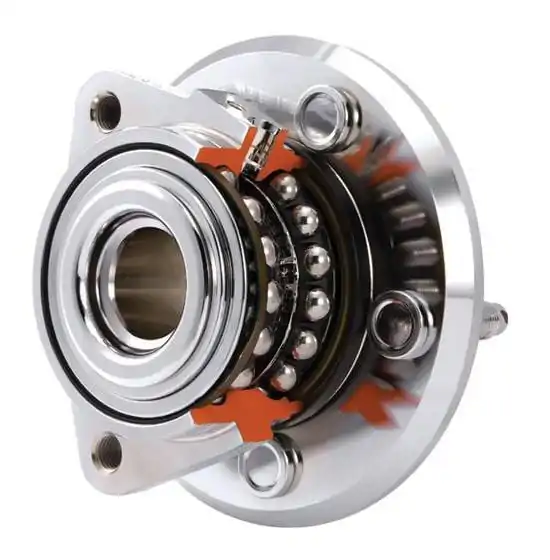
Given that the hub operates under high load, its body is made of a solid cast "blank". The size of the hubs and the degree of strength is calculated when creating a car, which takes into account the weight of the car, wheel size, speed characteristics. The hub is arranged as follows:
- the rounded body has threaded holes for attachment to a beam or a knuckle;
- outside the hub unit, there are holes for wheel or stud bolts that are mounted in the unit by pressing;
- the bearing, as a rule, is double-row roller; conic bearings (large and small) are less common;
- the presence of a comb and a wheel rotation sensor (for the ABS system);
- bearing mounting (the inner part is pressed into the cage or the outer one).
Standard features and dimensions
For each car model, car manufacturers provide different sizes of hubs. We are not talking about co-platforms (these are different models assembled on the same platform, for example, VAZ-2108,09,099 are equipped with many of the same parts).
The diameter of the hub, even the bearing part, depends on the diameter of the rims. To determine which discs can be installed, there is such a parameter as the hub diameter (DIA). In standard discs, the hub diameter and center bore of the discs are ideal.
If you install a wheel with an unsuitable seat, then even if you succeed in doing this, the wheel will dangle while driving. In this case, motorists install adapter rings.
Features of fastening the hub to the wheel
The hub is attached to the steering knuckle or beam (depending on the type of chassis) using a bearing (depending on the modification, it can be one or two). The hub of the driven wheel in the central part is mounted on a bearing, which is fixed with a nut. The brake drum housing is attached to it.
The drive wheel hub is internally mounted on the drive shaft using a splined connection. The outer part of the bearing is pressed into the steering knuckle. On modern vehicles, a roller or tapered bearing is installed between the hub and the trunnion or beam. The hub itself is made from a solid piece of solid metal from which the part is machined.
Types of hubs and bearings
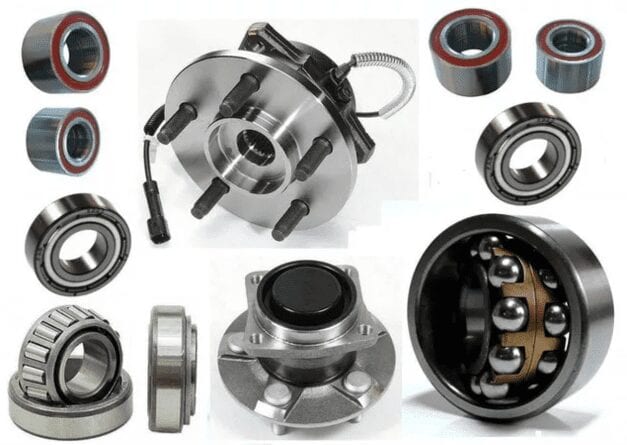
In wheel bearings, rolling elements are ball or tapered rollers. According to the degree of load, the bearing can be single-row and double-row. Often, tapered rollers are single-row due to the use of two bearings in the hub (small and large). Double row bearings are widely used due to their high strength and reliability, which means that their service life can reach hundreds of thousands of kilometers.
Tapered roller bearings - serviced, need periodic renewal of high-temperature grease, a protective cover is required to prevent dirt and moisture from entering. Periodic adjustment is required by tightening the hub nut.
Double row bearings - unattended. Most often they change along with the hub. The bearing is closed on both sides with a plastic cover for reliable tightness. Cannot be adjusted, if play occurs, replacement is required.
Hubs are divided into three categories:
- for uncontrolled drive wheels - mounted on the rear axle of the car, rigidly connected to the axle stocking or steering knuckle. It has internal splines for the axle shaft, which is clamped with a nut to the hub;
- for driven non-steered wheels - (front-wheel drive) mounted on the rear axle by attaching to a beam or trunnion. The type of bearings and hubs depends on the modification of the car (it can be one with a drum or a brake disc). Differs in a simple design;
- for driving steered wheels - is a unit attached to the steering knuckle. It has a splined hole for the axle shaft, it is possible to have an ABS sensor. On modern cars, the hub is maintenance-free.
Causes and signs of hub failure
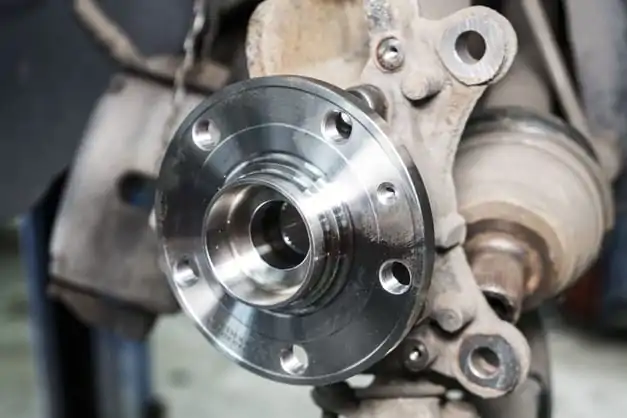
During operation of the machine, the hubs tend to wear out for the following reasons:
- bearing wear and tear;
- installation of larger wheels than recommended by the manufacturer (low rubber profile, large disk width);
- car operation on poor road surface (the hub unit takes over the blows);
- low-quality product;
- Strong or weak tightening of the wheel bolt or nut.
Symptoms:
- increased noise from the worn site;
- car goes off track;
- increased vibration when driving.
It is extremely important to determine the bearing malfunction in time, otherwise it will lead to its jamming, which is extremely dangerous at high speed!
Tips for identifying and diagnosing a malfunction?
A sure sign of a hub failure is a strong hum coming from a speed of 40 km / h. The intensity of the hum increases in proportion to the speed. The car must be sent for diagnostics, where by hanging the wheel, rotating movements, as well as jolts, the side and degree of wear will be determined. You can swing the wheel yourself by hanging the car with a jack.
Replacing the hub is not difficult if it is a single unit with a bearing. It is enough to remove the wheel, unscrew the two screws that secure the brake disc, and unscrew the hub from the steering knuckle. Possible difficulties will arise when there is an ABS sensor (the connector tends to sour).
Extending hub life is simple:
- serviced units to timely regulate and update the lubricant;
- try to avoid pits and bumps;
- brake correctly in front of obstacles (speed bumps, etc.) by unloading the suspension;
- install wheels of the appropriate size;
- Avoid low-quality spare parts;
- monitor the alignment, as well as the condition of the chassis as a whole.
How to replace or repair a hub?
The wheel hub in a car is made of the most durable metal, due to which it rarely fails. Basically, the deformation or breakage of this unit occurs as a result of a very strong impact.
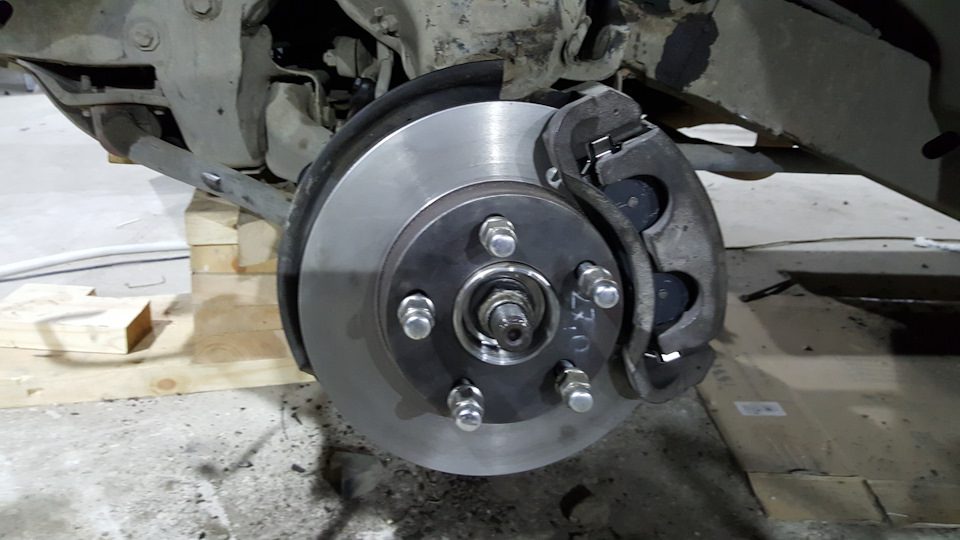
The hub also needs to be replaced only if it is not possible to press the bearing out of it, and the unit can no longer be operated due to severe bearing wear. If, as a result of negligent fulfillment of his duties, a tire worker tore off a bolt or hairpin in the hub, and it cannot be drilled out or unscrewed in any way, then you will also have to change the hub.
Preparation of tools
Replacing the hub, especially the front wheel, requires certain skills and special tools:
- Retaining ring remover;
- Cup puller;
- Pressure;
- Screwdrivers;
- Jack;
- Chisels;
- Molotkov.
To prevent the car from jumping off the jack during work, the car must be additionally secured on a log or other insurance. If you need to replace the hub or its bearing, then you need to purchase new parts in advance.
Preparing the machine

The car is jacked up. If the front hub is changed, the handbrake can be used as an anti-rollback element. If the rear hub changes, then the front wheels must be additionally supported with wheel chocks (if you just put the car in gear, it will still move back and forth).
Preparation of parts
Next, you need to unscrew the wheel bolts and the hub mounting nut. If its thread is stuck and you can't unscrew it in any way, you can carefully cut one edge (you can, for example, try to drill this edge with a drill). Next, the whole nut moves slightly with a blunt chisel (it is enough to hit the chisel installed in the slot made several times with a hammer). This procedure must be performed carefully so as not to damage the threads on which the nut is screwed.
After the wheel has been removed and the hub nut has been unscrewed, the protective cap is removed with a screwdriver. Then the brake caliper is unscrewed. It is removed from the brake disc and moved to the side.
Further, ball joints, steering tips and other elements are disconnected from the trunnion to free the steering knuckle. The suspension strut is removed and the hub itself with a fist is dismantled. Next, you can replace the bearing or completely the entire hub.
Three repair options
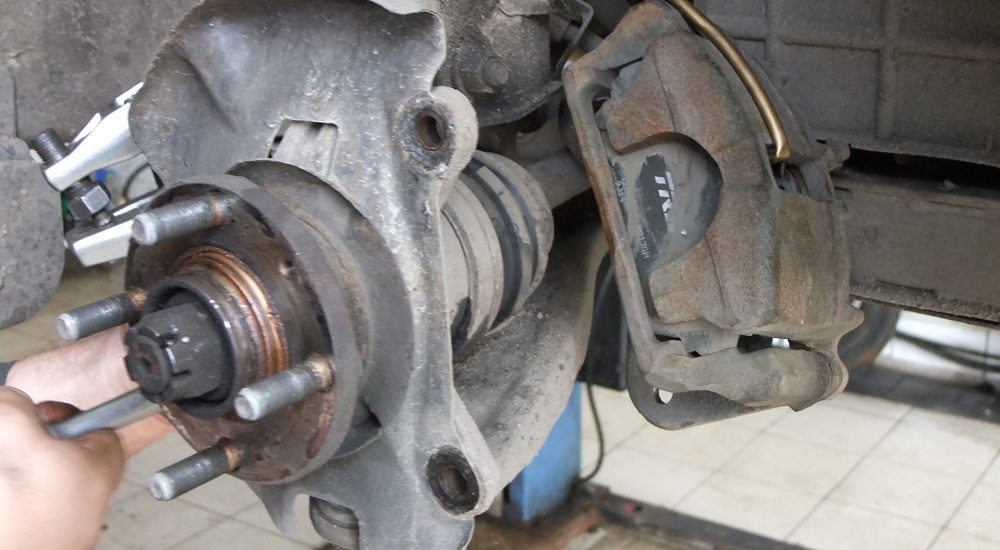
As already mentioned, the hub itself almost never fails. It often needs to be removed to replace the wheel bearing. There are three options for replacing it:
- Dismantling the bearing using a special puller without removing the steering knuckle.
- Dismantling the bearing after removing the journal. After that, it is clamped in a vice, and the bearing is pressed out.
- The entire rack is removed together with the steering knuckle, after which the bearing is dismantled from the structure clamped in a vice.
Each of these options has its own merits. In the first case, there is no need to adjust the alignment after replacing the bearing. But the procedure for replacing the part itself will be as inconvenient as possible.
The second way is easier. But it is logical that after replacing a bearing or a hub, it is often required to adjust the camber-toe of the car. Before removing the steering knuckle, you will need to make a mark on it so that it can then be correctly positioned relative to the suspension strut. It is also necessary to mark the position of the adjusting bolt. This method is perfect for those who need to replace the wheel bearing coincided with the planned replacement of ball, silent blocks, etc.
When performing this procedure, regardless of the method chosen, it is important to carry out the dismantling work as carefully as possible so that knocking out the bearing does not damage the hub and nearby car parts. The bearing itself is destroyed in most cases when it is knocked out.
Related videos
Here is a little life hack on how to carefully remove the hub from the steering knuckle without a special puller:
Questions and answers:
What are car hubs? It is the part of the vehicle's chassis that connects the wheel to the shaft. The front and rear hubs are not much different from each other.
How many hubs are in the car? The number of hubs in a car is determined by the number of wheels. There are 4 of them in passenger cars. If a truck has two wheels on one side of the axle, then they are fixed on one hub.
When should you change the hub? Routine hub replacement is not performed. It changes only in the event of a breakdown (at high speed the car got into a pit or in an accident), if the wheel bearing is worn out, but it cannot be pressed out, and also when the wheel bolt has fallen off (some craftsmen manage to extract the remainder of the stud by drilling, but it takes a lot of time and effort).
